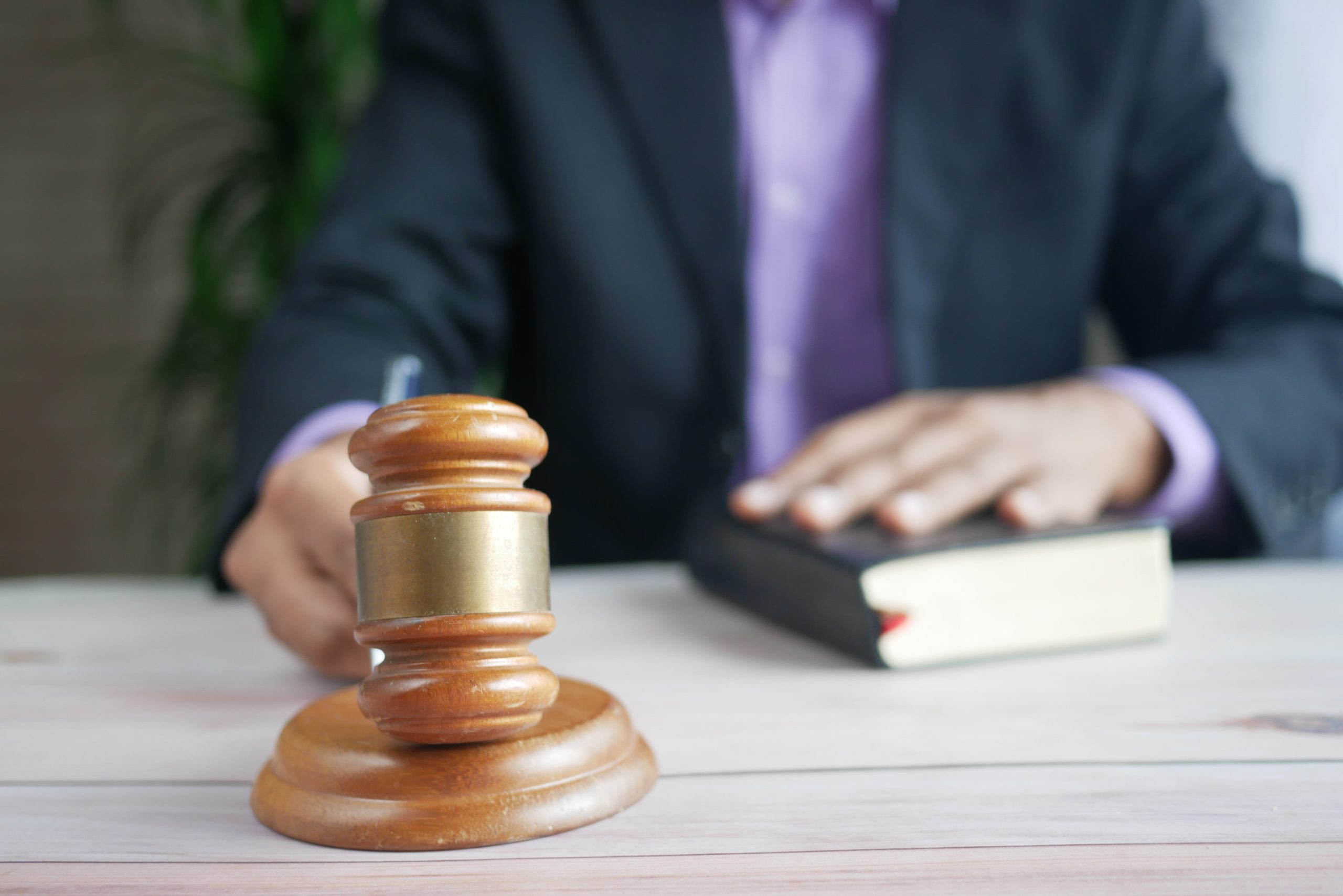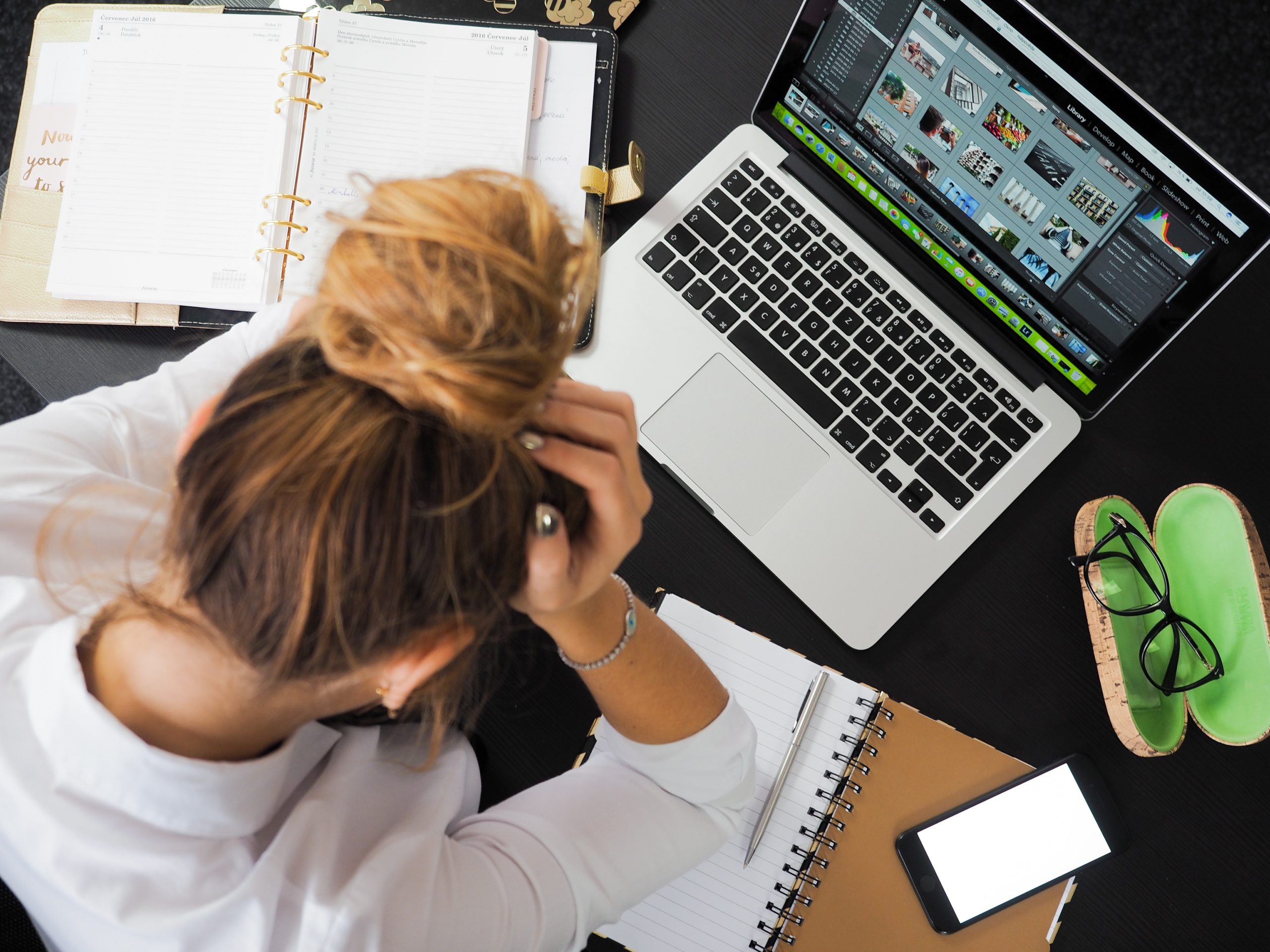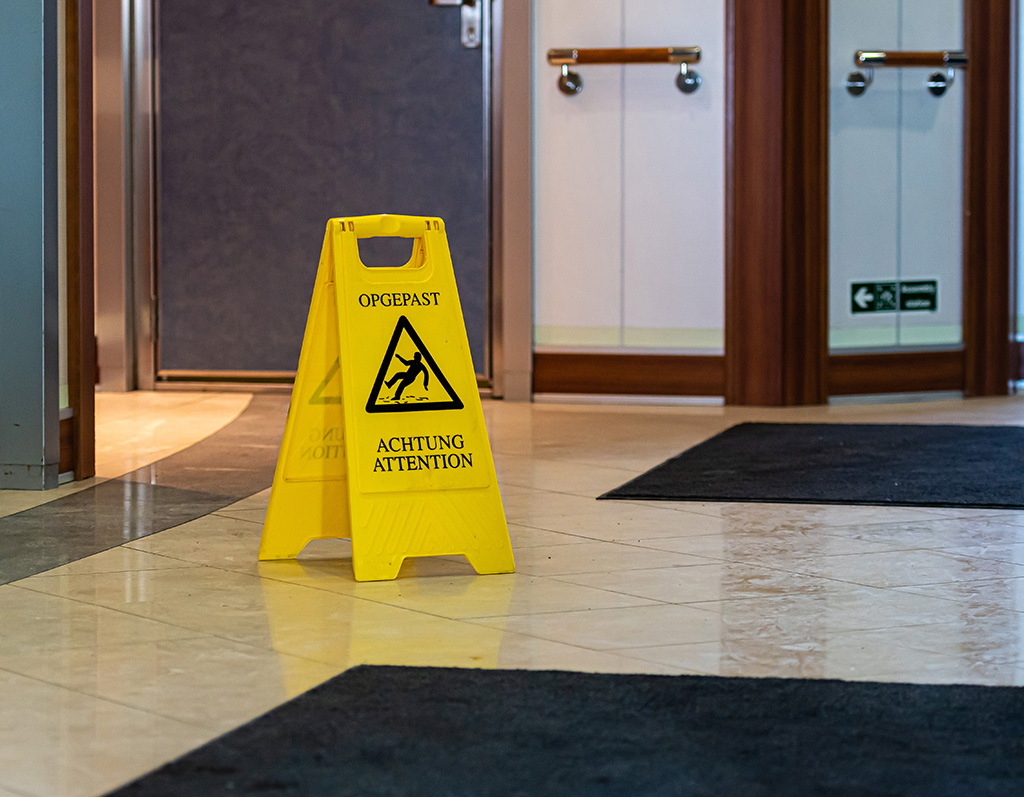With an estimated 1.35 million deaths per year, car accidents are the leading cause of death worldwide. Distracted driving, drunk driving, and reckless driving are all factors that contribute to a number of these reported car accidents. The most dangerous road accident is a head-on collision. It is a traffic collision where the front ends of two vehicles such as cars, trains, ships, or planes hit each other when traveling in opposite directions. This is what we call a frontal collision. Although one may survive a head-on collision it would still definitely cause fatal injuries.
There are several steps you can take to avoid this kind of accident:
Obey traffic laws: When changing lanes or making a turn, use your turn signals and obey traffic signs as well as the speed limit.
Avoid distractions: Do not use your phone, eat, or engage in other activities that take your attention away from the road. Distracted driving is one of the major causes of car accidents, mind you.
Keep a safe distance: Leave enough space between your vehicle and the one in front of you to allow for sudden braking.
Be aware of your surroundings: Keep an eye out for other vehicles, pedestrians, and obstacles on the road. Animals may usually appear out of nowhere so be extra cautious.
Avoid alcohol or drugs: Never drive under the influence of alcohol or drugs, as it impairs your ability to make good decisions and react quickly on the road.
Check your vehicle: Regularly maintain and check your vehicle, including brakes, tires, lights, and signals, to ensure it is in good working condition. Be mindful.
Be extra cautious in bad weather: Slow down and be extra cautious when driving in bad weather conditions such as rain, snow, or fog. You need to be more sensitive to your surroundings as your sense of sight and sense of hearing may be limited during these instances.
Plan your trip: Check the traffic and weather conditions before leaving, plan your route, and allow for extra time to reach your destination.
Make sure you got enough rest and sleep before driving. Lack of sleep may impair your driving skills so getting a good sleep the night before is important when you’re planning to get on the road today.
By following these steps, you can avoid any collisions on the road that may lead to lethal personal injuries.
If you’ve been injured in a car accident, call us at 1-833-DARFOOR and we are always at your legal service.











